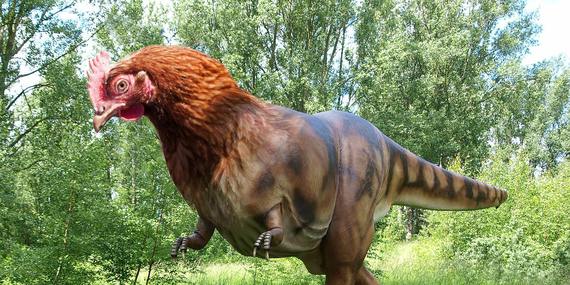A few years ago Bhart-Anjan Bhullar, then a Ph.D. student in Arhat Abzhanov’s lab at Harvard, did something pretty incredible: He took an embryonic chicken and inhibited a couple of genes during its development. It was a tiny adjustment that produced a pretty amazing result: “Those chickens that were altered in that way, they grew up to have a snout that looked like a dinosaur snout,” he tells Inverse.
Bhullar’s research exists at the strange intersection of molecular biology and paleontology. When he’s not teaching at Yale, he’s investigating how major distinguishing features of animal groups came about — in this case the bird beak.
It might not seem like a big deal, but understanding how the bird beak came about is incredibly integral to figuring out not just how modern animals evolved but also understanding the dinosaurs that roamed the Earth before — and what animals might next roam this planet.
By Jacqueline Ronson – Full Story at the Huffington Post



